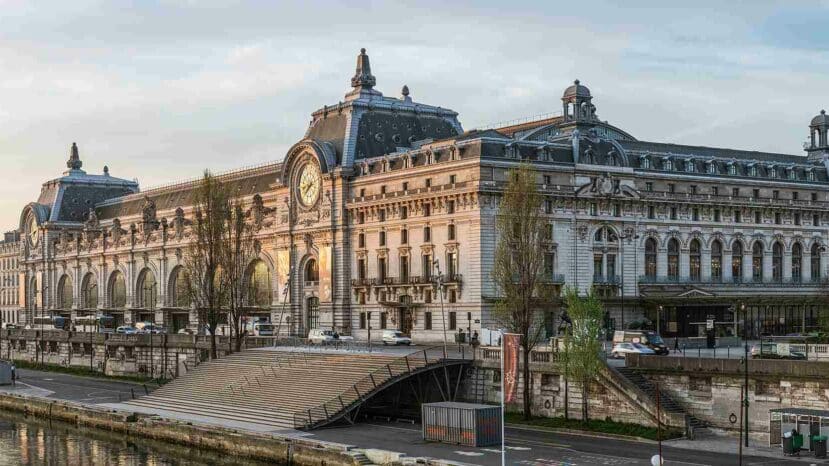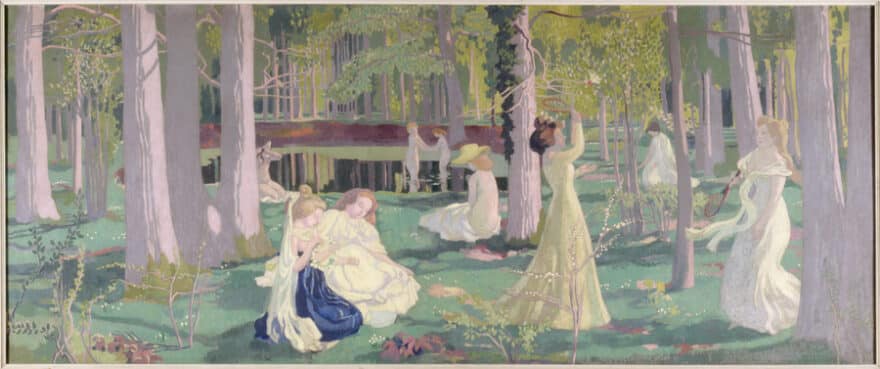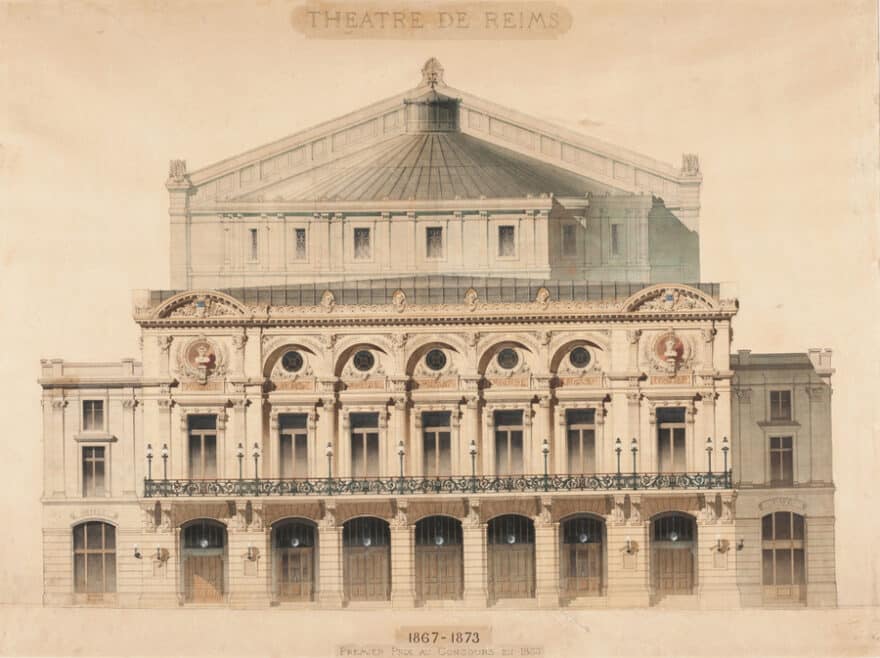Temporary exhibitions at the Musée d’Orsay

The Musée d’Orsay is currently offering two captivating temporary exhibitions celebrating the cultural and artistic heritage of 19th-century Paris. One explores the impact of the 1900 Olympic Games on society and art. The other focuses on the architecture of concert halls from this period.
Around the 1900 Olympic Games: sport and ideals

From July 13 to September 22, 2024, the Musée d’Orsay presents a fascinating exhibition celebrating the 1900 Olympic Games, the first to be held in Paris. The exhibition pays tribute to themultidisciplinary legacy of this historic event. It marked a turning point in the culture of sport and in the history of Paris. The Gare d’Orsay, before becoming a museum in 1986, was built to accommodate the 50 million visitors who came to see the1900 Universal Exhibition. It was also the venue for the Olympic Games.
The second half of the 19th century saw the advent of a sports culture, largely initiated in England and underpinned by moral objectives: “a healthy mind in a healthy body”. The modern games, as conceived by Pierre de Coubertin, were also part of the goal of national regeneration through competition, and a “physical renaissance” after France’s defeat in the 1870 war. The classical body and the Greek ideal were models to be found in the arts. Not least in the many representations of Hercules, the mythical founder of the Olympic Games.
Democratizing sports culture
Emanating from the elites and primarily involving men, this culture of sport became democratized at the turn of the century, with women making it their own. On either side of Jeu de volant (1900), a monumental canvas by Maurice Denis, works from our collections highlight this craze. It was in 1900 that, for the very first time, a few women were invited to take part in the Olympic Games. A unique opportunity to discover how sport influenced not only society. But also the visual arts of the period.
Showroom architecture

From July 20 to October 27, 2024, the Musée d’Orsay offers an immersion in the architecture of 19th-century theaters. This was a period of tremendous growth in the production of plays, operas, operettas, concerts, conferences and reviews. And soon what came to be known as the “music hall”. Numerous theaters had to be built to accommodate these types of events. Allowing an ever-growing audience to enjoy the shows to the full.
Architectural inventiveness at the service of culture
The architects of this period vied with each other in their inventiveness to equip cities with ever larger and more beautiful halls. All this was based on a long history, dating back to Antiquity. This exhibition highlights the architectural challenges and successes of these ambitious projects. Offering a unique perspective on the role of cultural infrastructures in Parisian life at the time.




